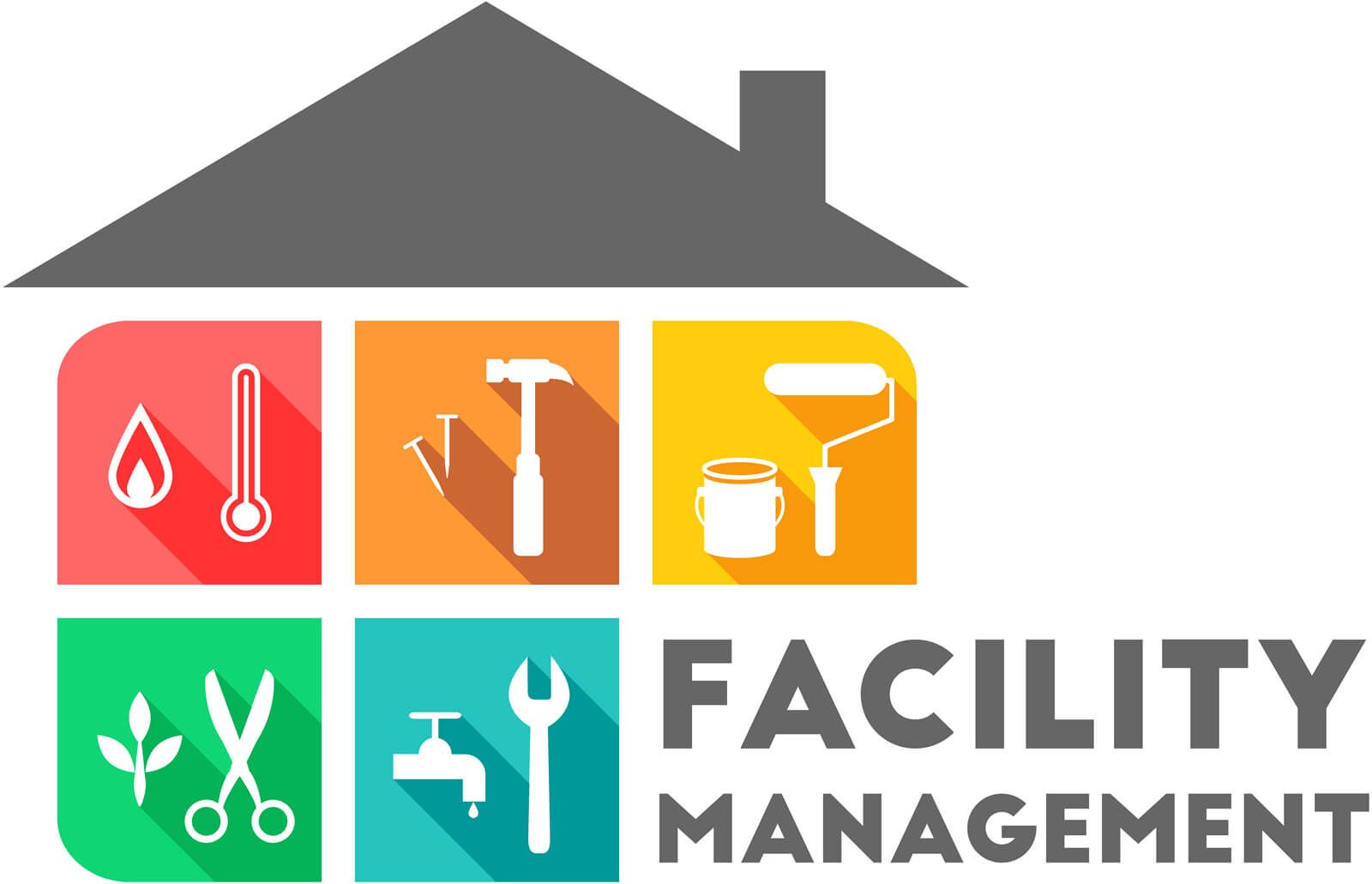Total Facility Management Explained: A Resource for Property Owners
Wiki Article
Top Advantages of Total Facility Management for Streamlined Workflow
Total Facility Management (TFM) represents a strategic strategy to boosting functional efficiency by incorporating various solutions, such as maintenance and safety, under a unified management framework. The question stays: what specific benefits can companies harness from embracing TFM, and just how might these benefits transform their functional landscape?Enhanced Functional Performance
Improved functional performance is a main advantage of applying total facility management (TFM) methods. TFM encompasses a detailed approach to handling a center's sources, procedures, and infrastructure, eventually simplifying operations. By consolidating different solutions-- such as upkeep, safety and security, cleaning, and area management-- TFM minimizes redundancies and enhances sychronisation among different operational functions.
The combination of innovation additional magnifies this performance. Advanced facility management systems supply real-time data analytics, allowing facility managers to make informed decisions that improve workflow and source appropriation. Anticipating upkeep strategies, for instance, expect devices failures before they occur, reducing downtime and expanding property life expectancy.
Furthermore, TFM promotes standardized procedures throughout different departments, guaranteeing consistency and top quality in solution shipment. This uniformity minimizes functional disruptions and fosters an extra collective functioning environment. Because of this, employees can concentrate on their core duties, driving efficiency and enhancing total efficiency.

Cost Reduction and Cost Savings
Implementing total facility management (TFM) not only increases functional effectiveness but likewise significantly adds to set you back reduction and cost savings. By settling various services under a solitary management structure, organizations can get rid of redundancies and simplify processes, thus minimizing functional costs. TFM makes it possible for better procurement techniques, permitting firms to negotiate bulk getting arrangements with suppliers and company, causing reduced rates.Moreover, TFM emphasizes precautionary maintenance, which reduces unforeseen malfunctions and expands the life-span of critical equipment. This proactive approach not only reduces repair work costs but also enhances the reliability of facilitiess, ensuring uninterrupted operations. In addition, power performance campaigns, commonly a crucial emphasis of TFM, result in substantial savings on utility costs, as facilitiess are enhanced for decreased energy intake.
Improved Source Management
Effective source management is a foundation of total facility management (TFM), allowing organizations to maximize the usage of their possessions and workforce. By applying TFM approaches, organizations can comprehensively analyze their source allowance, making sure that every asset is made use of efficiently and successfully. This alternative strategy enables the identification of underperforming sources and the potential for reallocation or improvement.Furthermore, TFM helps with the integration of modern technology for real-time tracking of sources, which helps in predicting upkeep needs and protecting against expensive downtime. By leveraging information analytics, organizations can make informed decisions about resource release, eventually enhancing efficiency and reducing waste.
Additionally, TFM promotes a culture of continual enhancement, urging teams to regularly assess and improve their resource management techniques. Total Facility Management. This proactive position not just reduces functional disruptions however additionally fosters advancement, as staff members are empowered to suggest renovations based on their firsthand experiences with source application
Streamlined Communication Channels
In total facility management, streamlined communication channels play a crucial role in promoting cooperation and efficiency across teams. Efficient interaction makes certain that all stakeholders, including facility managers, maintenance personnel, and solution carriers, are aligned with organizational goals and operational demands. By developing clear lines of interaction, teams can swiftly deal with issues, share updates, and carry out options, therefore decreasing downtime and boosting productivity.With centralized communication platforms, information is easily accessible, enabling real-time updates on maintenance requests, source allocation, and project timelines. This openness not just lowers misconceptions yet additionally equips workers to make educated decisions rapidly. Additionally, streamlined interaction promotes far better control during emergencies, ensuring that all workers are educated and can react without my blog delay.

Raised Focus on Core Activities
An essential benefit of total facility management is the raised focus on core activities, allowing organizations to focus on their key organization objectives - Total Facility Management. By outsourcing non-core functions such as cleansing, upkeep, and protection, firms can reroute their sources and power in the direction of calculated campaigns that straight add to their competitive advantage and growthTotal facility management incorporates different operational tasks redirected here under a single umbrella, cultivating performance and decreasing redundancy. This loan consolidation not just enhances procedures however also enhances liability, making certain that every facet of the facility operates sympathetically without drawing away interest from what really matters-- core company features.
In addition, this technique allows employees to commit their time and initiatives to tasks that drive innovation and boost client fulfillment, rather than obtaining slowed down by operational obstacles. With a trustworthy facility management partner handling everyday operations, companies can accomplish greater dexterity, react quickly to market modifications, and preserve a sharper concentrate on their goal.
Inevitably, raised concentrate on core activities causes improved general performance, permitting companies to reinforce their market placement and meet their tactical objectives more successfully. - Total Facility Management
Verdict
In conclusion, Total Facility Management considerably improves operational effectiveness by combining necessary solutions and leveraging information analytics for educated decision-making. Price decreases my explanation and boosted source management contribute to general cost savings, while streamlined communication channels foster collaboration among stakeholders.Total Facility Management (TFM) represents a calculated technique to improving operational efficiency by integrating various solutions, such as upkeep and safety, under a unified management framework.Enhanced functional performance is a key benefit of executing total facility management (TFM) techniques. Advanced facility management systems supply real-time information analytics, allowing facility supervisors to make educated decisions that improve operations and source allotment.Implementing total facility management (TFM) not just improves operational efficiency yet likewise considerably adds to set you back reduction and financial savings.Efficient resource management is a foundation of total facility management (TFM), making it possible for organizations to maximize the usage of their assets and labor force.
Report this wiki page